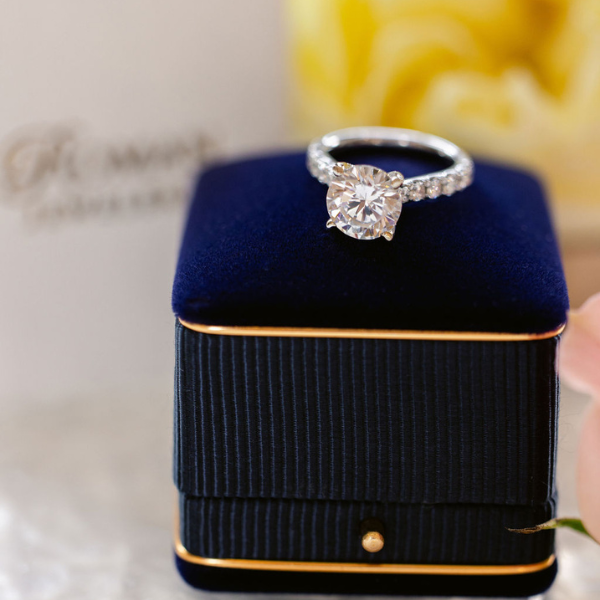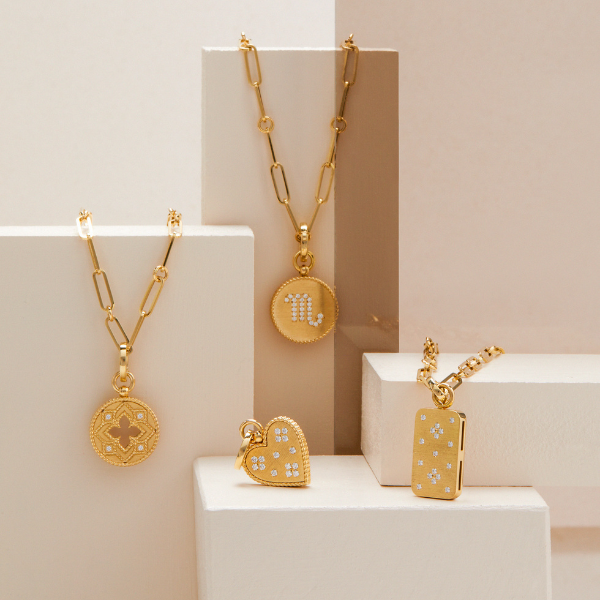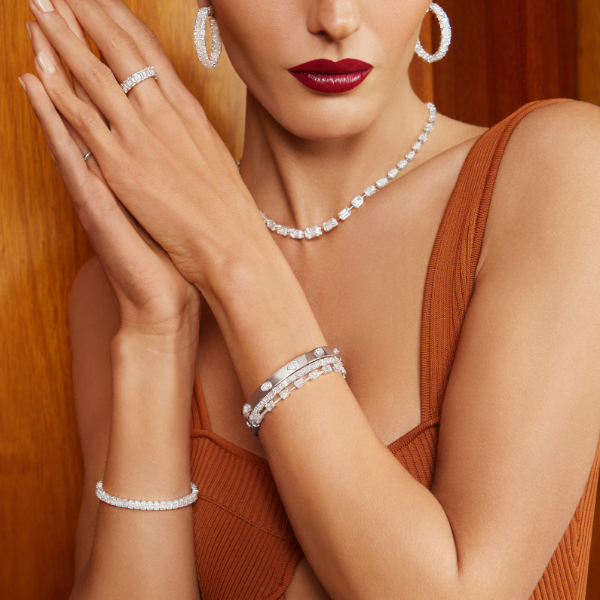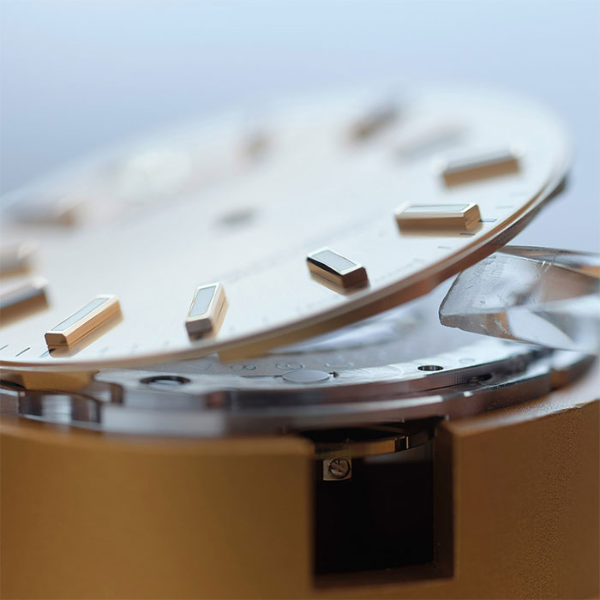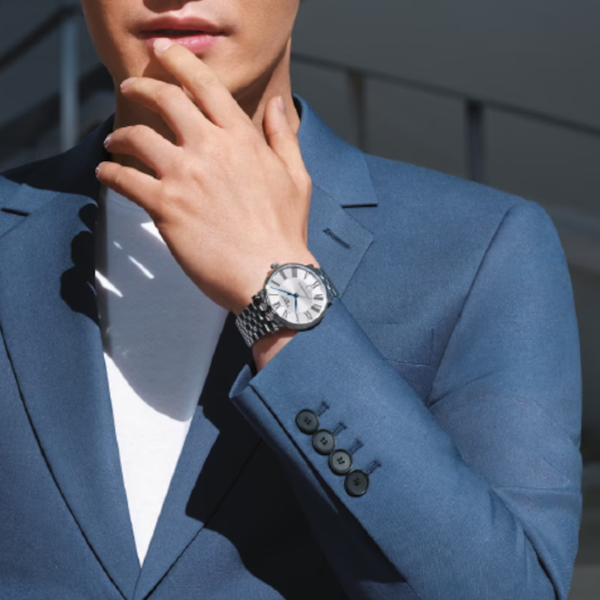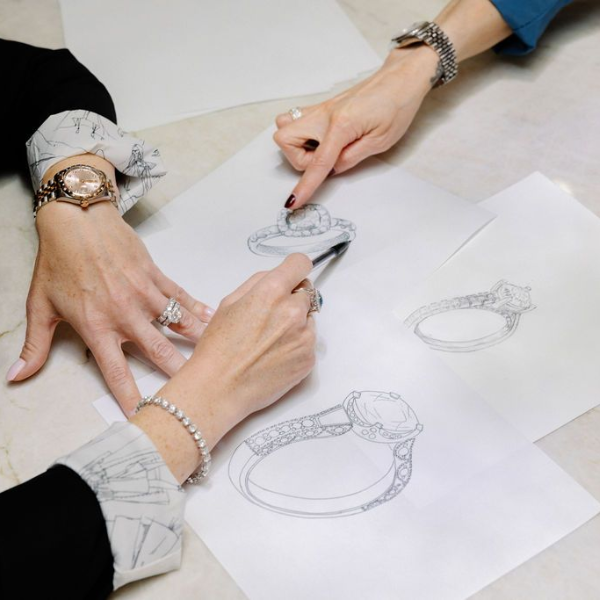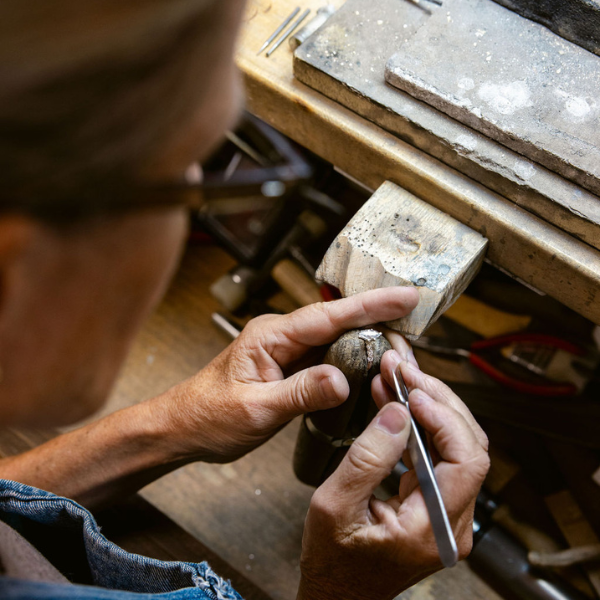 Martha Stewart Weddings Good Together editorial recently featured Mikimoto's Akoya Special Edition Value set ($3,950). The signature Akoya cultured pearl strand necklace and matching stud earrings perfectly complement a strapless gown and can be enjoyed and passed down? Pearls are classic and still contemporary and probably one of our stores best sellers. Pearls are not only beautiful, but they are facinating. Each pearl is, of course, unique, but what makes each pearl strand different and what are the different types of pearls? Here is a quick lesson on pearls... The wonderful variety in types of pearls adds to their appeal. These gems of the sea will differ in their luster and mysterious colors depending on the type of oyster that produced them. Here is a guide to understanding their beautiful range of appearances: Akoya pearls, are prized for their brilliant luster and rich color, Akoya pearls are a traditional symbol of elegance and beauty. Produced by Japan’s Akoya oysters, they are the most popular of all pearl types. Depending on the size of the oyster, they grow from 3-10mm. Colors range from white, cream and pink to light green, blue and silver
Martha Stewart Weddings Good Together editorial recently featured Mikimoto's Akoya Special Edition Value set ($3,950). The signature Akoya cultured pearl strand necklace and matching stud earrings perfectly complement a strapless gown and can be enjoyed and passed down? Pearls are classic and still contemporary and probably one of our stores best sellers. Pearls are not only beautiful, but they are facinating. Each pearl is, of course, unique, but what makes each pearl strand different and what are the different types of pearls? Here is a quick lesson on pearls... The wonderful variety in types of pearls adds to their appeal. These gems of the sea will differ in their luster and mysterious colors depending on the type of oyster that produced them. Here is a guide to understanding their beautiful range of appearances: Akoya pearls, are prized for their brilliant luster and rich color, Akoya pearls are a traditional symbol of elegance and beauty. Produced by Japan’s Akoya oysters, they are the most popular of all pearl types. Depending on the size of the oyster, they grow from 3-10mm. Colors range from white, cream and pink to light green, blue and silver
A Quick Lesson On Pearls
By: Admin
Jul 08,2011
 Martha Stewart Weddings Good Together editorial recently featured Mikimoto's Akoya Special Edition Value set ($3,950). The signature Akoya cultured pearl strand necklace and matching stud earrings perfectly complement a strapless gown and can be enjoyed and passed down? Pearls are classic and still contemporary and probably one of our stores best sellers. Pearls are not only beautiful, but they are facinating. Each pearl is, of course, unique, but what makes each pearl strand different and what are the different types of pearls? Here is a quick lesson on pearls... The wonderful variety in types of pearls adds to their appeal. These gems of the sea will differ in their luster and mysterious colors depending on the type of oyster that produced them. Here is a guide to understanding their beautiful range of appearances: Akoya pearls, are prized for their brilliant luster and rich color, Akoya pearls are a traditional symbol of elegance and beauty. Produced by Japan’s Akoya oysters, they are the most popular of all pearl types. Depending on the size of the oyster, they grow from 3-10mm. Colors range from white, cream and pink to light green, blue and silver
Martha Stewart Weddings Good Together editorial recently featured Mikimoto's Akoya Special Edition Value set ($3,950). The signature Akoya cultured pearl strand necklace and matching stud earrings perfectly complement a strapless gown and can be enjoyed and passed down? Pearls are classic and still contemporary and probably one of our stores best sellers. Pearls are not only beautiful, but they are facinating. Each pearl is, of course, unique, but what makes each pearl strand different and what are the different types of pearls? Here is a quick lesson on pearls... The wonderful variety in types of pearls adds to their appeal. These gems of the sea will differ in their luster and mysterious colors depending on the type of oyster that produced them. Here is a guide to understanding their beautiful range of appearances: Akoya pearls, are prized for their brilliant luster and rich color, Akoya pearls are a traditional symbol of elegance and beauty. Produced by Japan’s Akoya oysters, they are the most popular of all pearl types. Depending on the size of the oyster, they grow from 3-10mm. Colors range from white, cream and pink to light green, blue and silver









